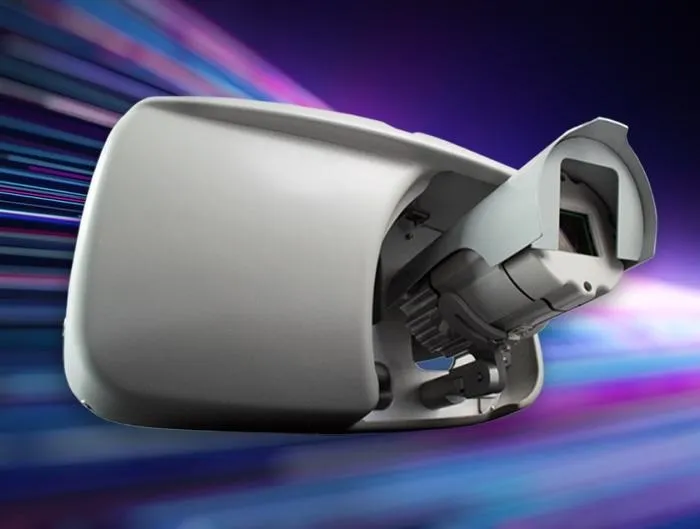ComNet (Communication Networks) has introduced a new fibre-optic transmission product designed to aid in the transition from point-to-point systems to Ethernet network systems. The FVT/FVR10D1E Series are fibre-optic video transmitters and receivers that support digitally encoded video, serial data as well as 10/100 Ethernet. The company claims that the ComNet FVT/FVR10D1E is unique in that it provides 10-bit digitally encoded RS-250C short-haul quality video, serial data and 10/100 Ethernet on one single o
June 19, 2012
Read time: 2 mins

The company claims that the ComNet FVT/FVR10D1E is unique in that it provides 10-bit digitally encoded RS-250C short-haul quality video, serial data and 10/100 Ethernet on one single optical fibre. This model offers the user a solution for current requirements where high-quality video is needed but future expansion and upgrades will necessitate the use of Ethernet.
According to Victor Milani, ComNet VP of product management, "Pairing high-quality baseband video and Ethernet in one model might seem like a contradiction. Our design centre started to see the demand for a fibre-optic product that could support current needs but would have the potential to support the transition to Ethernet without a complete infrastructure retrofit. The FVTFVR10D1E does that. It operates as a point-to-point video and data transmission system
and an Ethernet media converter."









